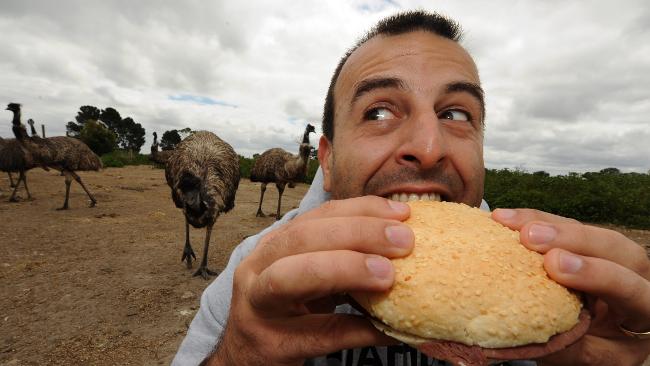Coal seam gas (CSG) and the gas that comes from shales are chemically very similar. They generate the same amount of heat and CO₂ when burned in your heater or at an electricity power plant. And both coal seam gas and shale gas produce about half the CO₂ of brown coal.
Fracture stimulation of coal and shale reservoirs, also known as fracking, consists of injecting a high-pressure mix of water, sand and chemicals into the reservoir.
The high-pressure water creates fractures in the reservoir. After the fracture is created, the injector pumps are shut off, the water flows back into the well, the sand stays in the fractures keeping them propped open and gas starts to flow via the fractures to the well bore.
Fractures created by this process are designed to grow tens of meters in height above the point in the well bore where they are initiated.
There is a slight risk that this fracking process can break out of the gas reservoir and grow into distant shallower aquifers.
The oil and gas industry say that contamination of a shallow aquifer via fracture stimulation has never happened in the 1.5 million fracking jobs that have been performed in the past 60 years.
However, the New York Times recently reported a case where this might have happened. Interestingly, the Times says an unusual conduit was required in the above case; the fracture stimulation did not leak directly into the aquifer, but to a nearby improperly abandoned standard well bore.
Shale reservoirs are deeper than CSG reservoirs, and are thus further away from the shallow surface aquifers on which many communities and rural properties rely. This mitigates risks associated with the fracking process.
A more realistic – but less sensational – community concern is over industrial activity. Drilling and fracking wells requires heavy equipment, which is brought in on several dozen large trucks.
Drilling and fracking a well can be a busy and noisy process that can last a few days for shallow coal seam gas wells to several weeks for the deepest shale wells. It can be quite disruptive to those living nearby.
The Australian shale gas reservoirs currently being evaluated are in remote South Australia, the Northern Territory and Western Australia. This remoteness tends to minimise the community impact.






